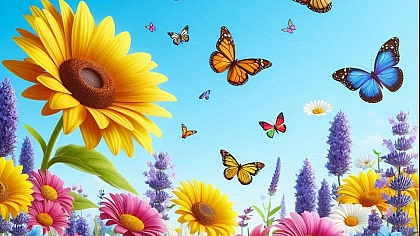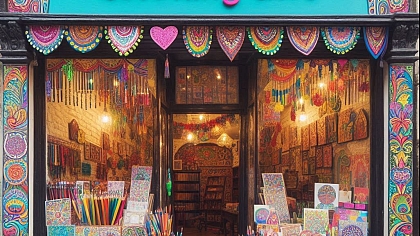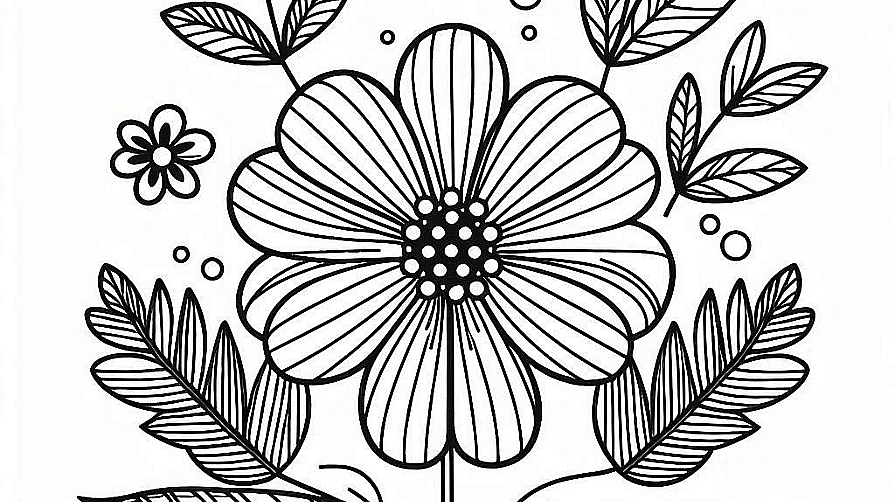
The Art of Colouring: Techniques to Enhance Your Skills
Colouring is more than just filling in shapes with colour—it is an expressive art form that allows for creativity, precision, and the development of artistic techniques. While it may seem simple at first, mastering the craft of colouring requires an understanding of various techniques, the right choice of materials, and an awareness of how different approaches can bring depth and vibrancy to an image. By refining these skills, colourists can transform ordinary pages into works of art that reflect their unique styles and visions.
Understanding Colour Theory

A strong grasp of colour theory is essential for achieving balanced and visually appealing compositions. Colours interact with one another in complex ways, and learning about the colour wheel helps in making informed choices. Complementary colours, such as blue and orange or red and green, create a striking contrast when placed next to each other. Analogous colours, which are found next to one another on the colour wheel, produce a harmonious and subtle blending effect.
Shading and highlighting rely on understanding the principles of warm and cool colours. Warm tones like red, orange, and yellow can make an area appear closer, while cool tones such as blue, green, and purple create the illusion of depth. When shading an object, transitioning from a warmer hue to a cooler one can add dimension and realism.
Layering for Depth and Richness
One of the most effective techniques to improve colouring is layering. Instead of applying heavy pressure to achieve a rich colour, building up multiple light layers results in smoother transitions and a more sophisticated look. Using a soft touch prevents wax or pigment buildup, which can make further blending difficult.
Layering also allows for the creation of gradients and seamless blending between shades. Starting with a base colour and gradually adding darker or lighter hues helps in producing a sense of volume and texture. This approach is particularly useful when colouring elements like skin, foliage, and fabric, where subtle changes in tone are necessary to achieve a natural appearance.
The Importance of Blending
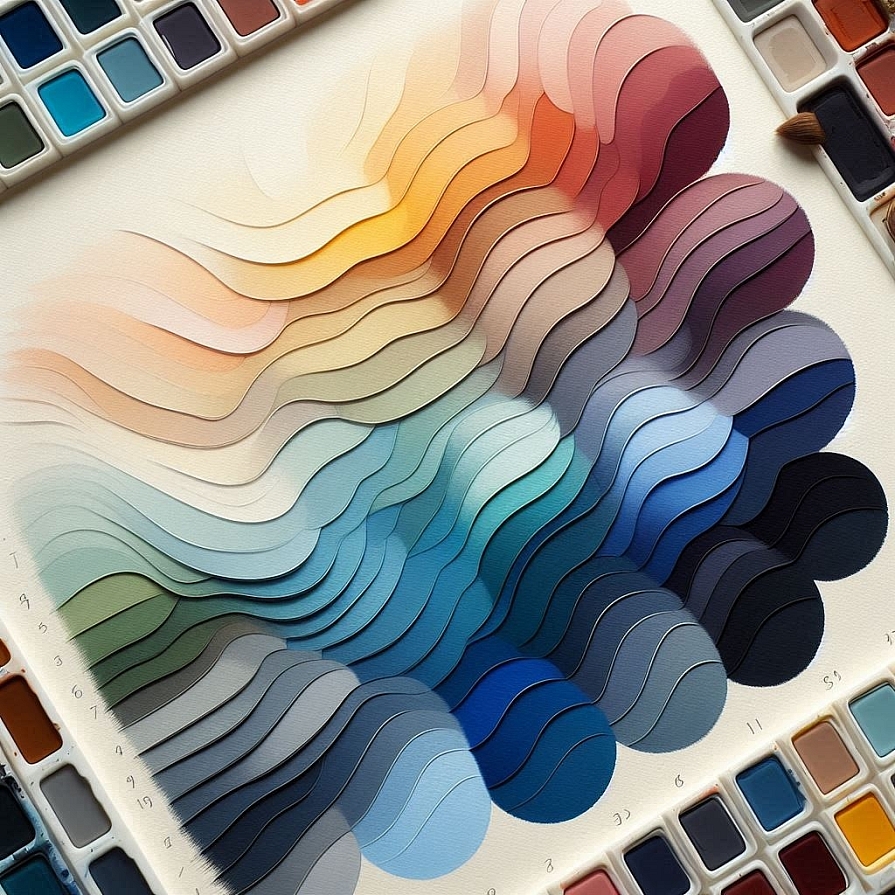
Blending techniques vary depending on the medium being used, but the goal remains the same: to create smooth transitions between colours. When using coloured pencils, blending can be achieved by layering multiple shades and using a blending pencil or burnishing tool to merge them together. A white pencil or a colourless blender can soften the edges and create a polished look.
For those working with markers, blending requires careful planning. Alcohol-based markers allow for seamless transitions by applying a lighter shade over a darker one while the ink is still wet. Water-based markers can be blended using a damp brush or by layering similar shades to create depth. The key to successful marker blending is working quickly and ensuring that the colours remain wet long enough to merge naturally.
For those using pastels or watercolours, blending can be done with a gentle touch of a brush, sponge, or even a fingertip. Watercolour pencils offer the flexibility of both dry and wet blending techniques, making them a versatile option for those who enjoy experimenting with different effects.
Creating Texture and Detail
Adding texture enhances the realism and visual interest of a coloured image. Techniques such as stippling, cross-hatching, and scumbling can be used to mimic different surfaces and materials. Stippling involves making small dots to create a grainy effect, which works well for natural elements like stone or sand. Cross-hatching, achieved by layering lines in different directions, adds depth and dimension, making it useful for fur, wood, and fabric. Scumbling, a circular scribbling technique, is ideal for soft textures like clouds and foliage.
Another way to introduce texture is by using unconventional tools. A piece of tissue or a cotton swab can be used to gently blend colours for a soft effect. Using an eraser to lift pigment creates highlights and variations in tone, particularly effective when working with coloured pencils. For a unique textured effect, a piece of rough paper placed beneath the colouring sheet can create an embossed look, adding an extra level of detail.
Controlling Light and Shadow
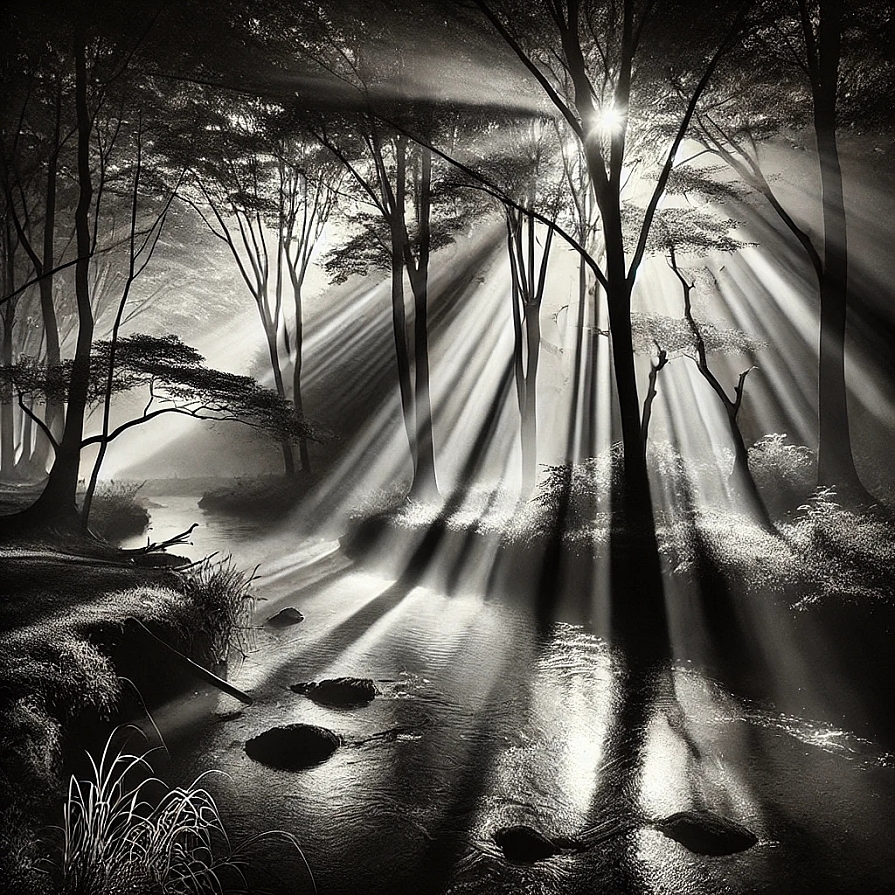
Shading is one of the most powerful techniques in colouring, allowing for the illusion of depth and form. Light and shadow create contrast, making elements stand out and appear more three-dimensional. Identifying a light source helps in determining where to place highlights and shadows.
Gradual shading transitions are essential for achieving a realistic look. Using a light touch to build up darker tones prevents harsh lines and ensures a smoother blend. Leaving certain areas untouched or lightly coloured mimics the effect of natural highlights, while deepening shadows with complementary or desaturated colours adds contrast.
For an extra dynamic effect, cast shadows can be included. If an object blocks the light source, it will cast a shadow onto the surrounding area. Softening the edges of these shadows keeps them from looking artificial and helps them blend seamlessly into the overall composition.
Choosing the Right Materials
The quality of materials plays a significant role in the outcome of a colouring piece. Different types of paper affect how colours blend and appear. Smooth paper works well with markers and fine-tipped pens, while textured paper is ideal for coloured pencils and pastels, as it allows for better pigment adhesion.
Coloured pencils vary in quality, with artist-grade pencils providing richer pigments and better blending capabilities than student-grade options. Wax-based pencils tend to be softer and more vibrant, while oil-based pencils allow for finer detail and a smoother application.
Markers come in alcohol-based and water-based varieties, each with unique properties. Alcohol markers blend seamlessly and dry quickly, making them ideal for professional results. Water-based markers offer greater control over layering and can be reactivated with water for additional blending effects.
Gel pens, metallic inks, and glitter pens can add a touch of sparkle and dimension to a piece. They work well for accenting details, highlighting small areas, or creating special effects. Experimenting with different materials helps in discovering which tools best suit a particular style and artistic vision.
Exploring Different Styles
Colouring can be approached in a variety of artistic styles. Some artists prefer a realistic technique that mimics life-like textures and tones, while others enjoy a more whimsical or abstract approach with exaggerated colours and patterns. Developing a personal style involves experimenting with different methods and seeing which techniques feel most natural.
A minimalist style focuses on clean, simple applications of colour with little layering or shading, resulting in a crisp, polished appearance. A more painterly approach, on the other hand, embraces visible strokes, varied textures, and expressive colour choices.
Mixing multiple styles within a single piece can create a visually compelling effect. Combining soft shading with bold outlines or using both smooth and textured areas adds variety and keeps the composition engaging.
Developing Patience and Practice
Like any artistic skill, colouring improves with practice. Taking the time to refine techniques, study colour relationships, and experiment with new approaches leads to noticeable progress over time. Colouring is as much about the process as it is about the final result, and embracing mistakes as learning opportunities helps in developing confidence.
Revisiting older works and comparing them to new pieces highlights growth and allows for self-reflection. Paying attention to small details, such as how different papers affect blending or how pressure changes the intensity of a colour, builds a deeper understanding of the medium.
Setting aside time for regular colouring sessions, whether for relaxation or skill improvement, contributes to artistic development. Observing how light interacts with objects in daily life and studying nature’s colour variations can also enhance the ability to create more realistic and visually appealing compositions.
Finding Inspiration
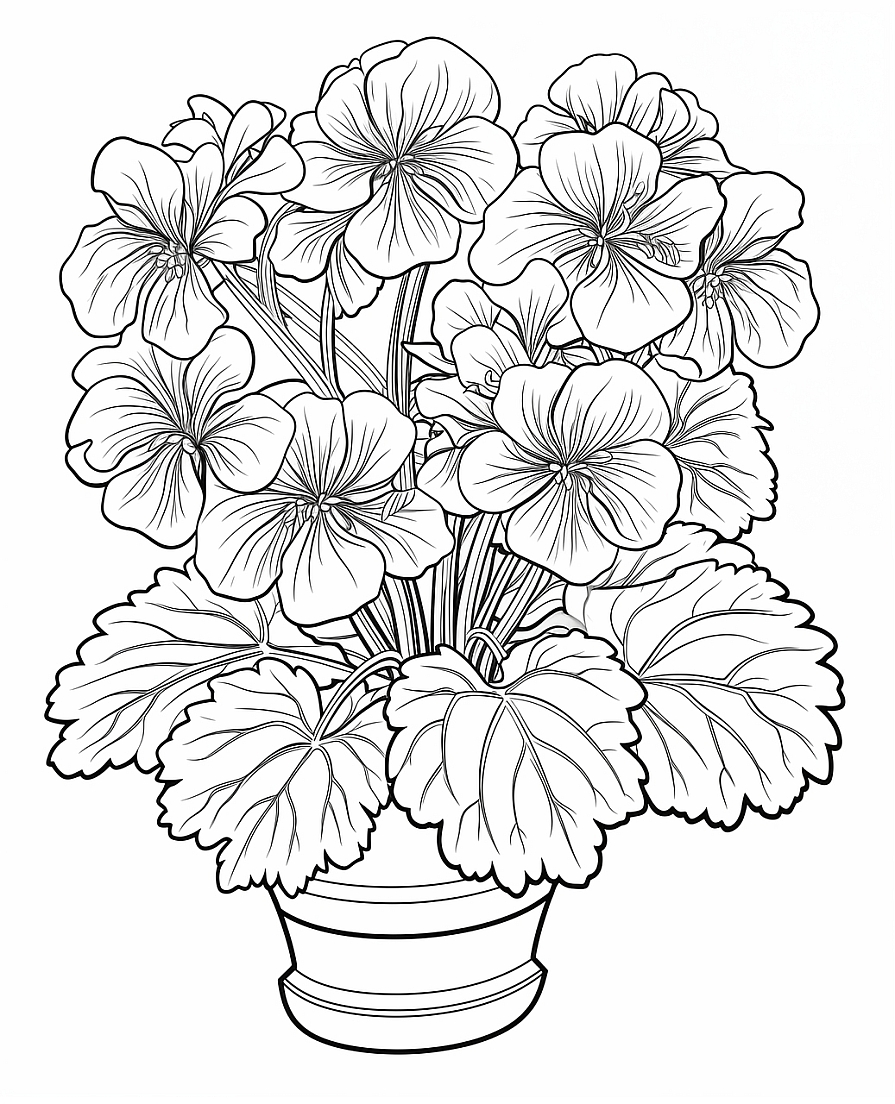
Inspiration for colouring can come from a variety of sources. Nature provides an endless array of colour combinations, from the soft hues of a sunset to the vivid patterns of a butterfly’s wings. Art books, photography, and paintings offer insights into how professional artists use colour and shading.
Experimenting with different themes, such as seasonal palettes or monochromatic compositions, adds variety to the colouring experience. Trying new subjects, whether it be intricate floral designs, landscapes, or fantasy creatures, prevents creative stagnation and encourages exploration.
Surrounding oneself with other artists or joining colouring communities can provide motivation and new perspectives. Sharing work, discussing techniques, and receiving constructive feedback contribute to continuous growth and improvement.
Colouring is an evolving art form that allows for endless creativity and refinement of skills. By understanding colour theory, mastering blending and layering techniques, exploring different textures and materials, and developing a personal style, colourists can enhance their work and elevate their artistic expression. With patience, practice, and a willingness to experiment, colouring transforms from a simple pastime into a rewarding and fulfilling creative pursuit.

